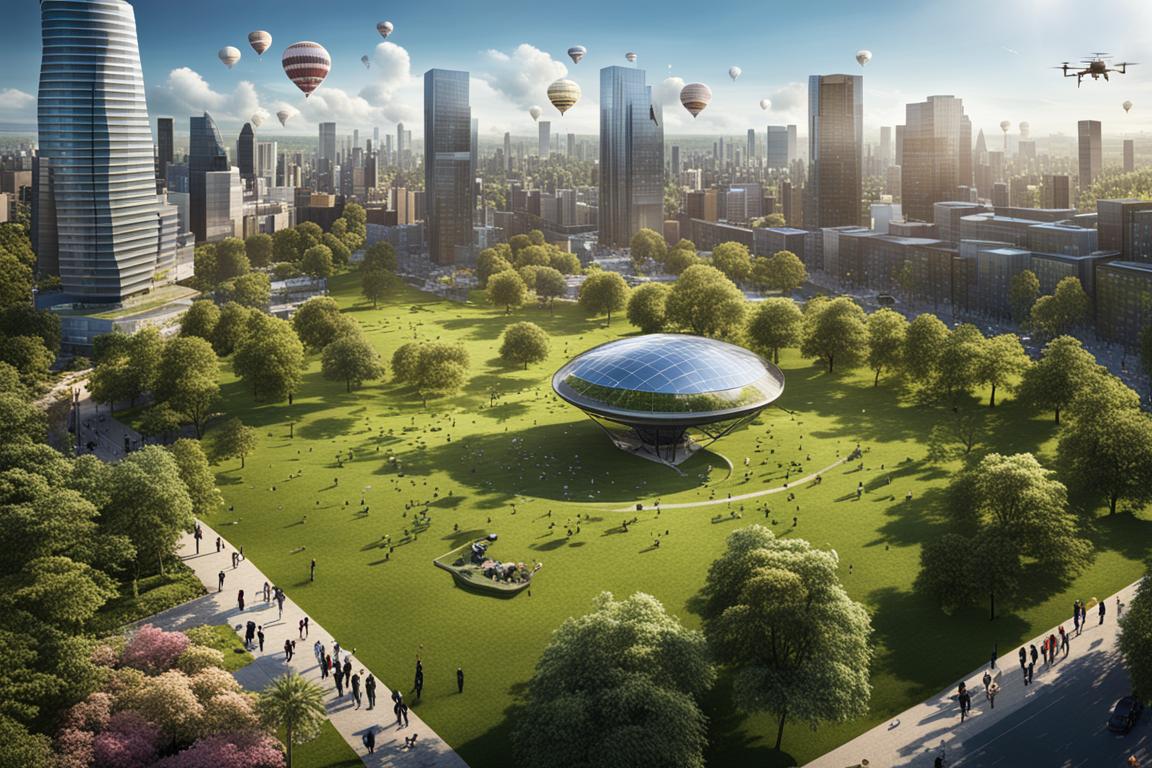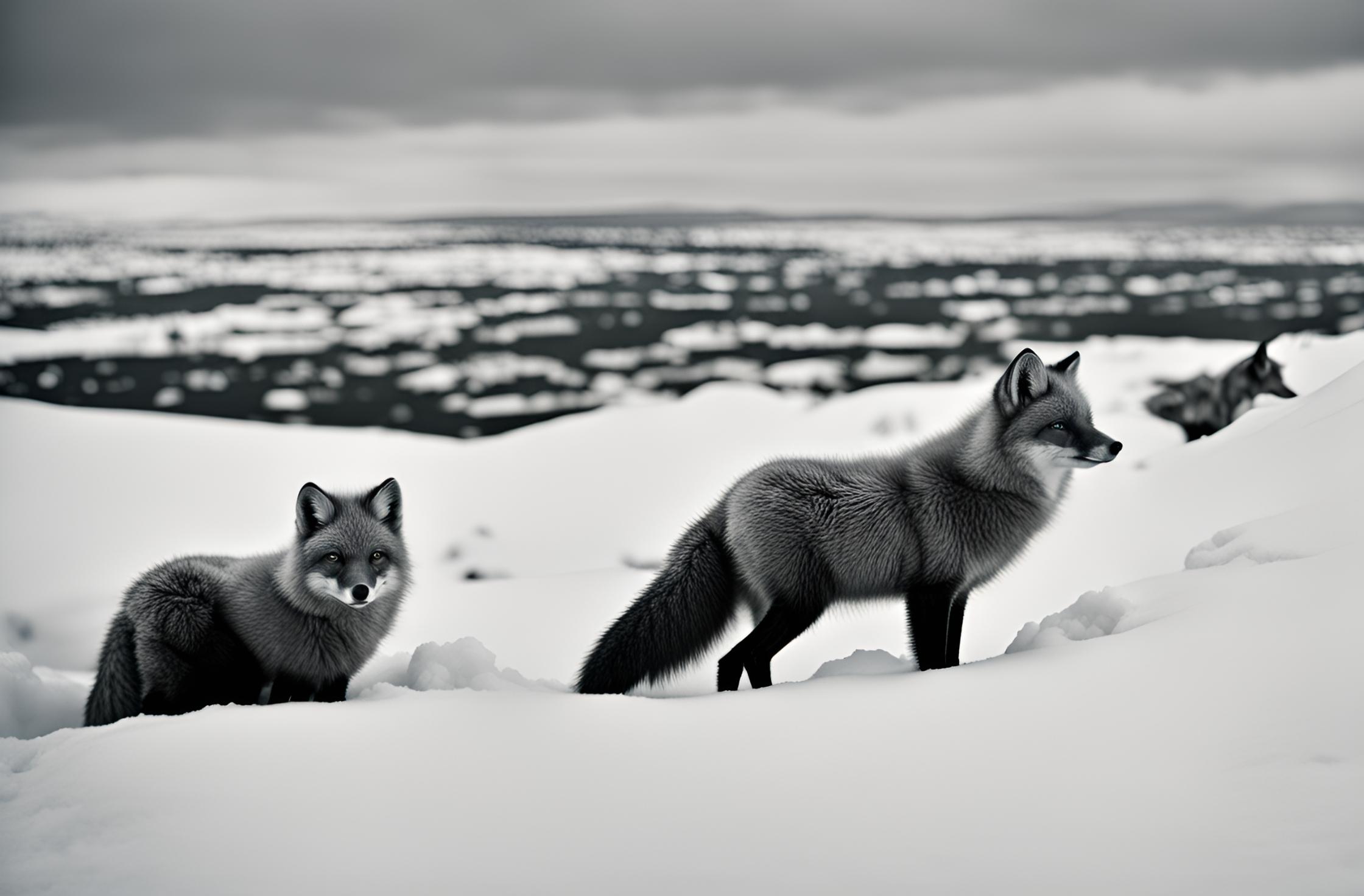
In 2045, a crucial turning point in human history arrived when the persistent problem of deforestation finally saw a glimmer of resolution. Scientists, environmentalists, and policymakers had previously expressed dire warnings about the unfettered destruction of the world’s forests. Their concerns centered around detrimental climate change, biodiversity loss, and destabilized ecological systems. However, an unlikely solution materialized. A team of scientists developed Arborvitae, a revolutionary bio-engineered fungus designed to accelerate tree growth and improve forest resilience. This fungus, distributed by aerial drones, spread across damaged landscapes. Its deployment kick-started an extraordinary sequence of transformations that reshaped both our planet and society.
Under the influence of Arborvitae, trees grew at a phenomenal rate. Their growth cycles, typically spanning decades, were now condensed into mere weeks. Desolate lands, once covered by clear skies, were now teeming with fast-growing, green canopies. The speedy return and exponential growth of forests across the world caught everyone’s attention. Urban sprawl that had once claimed cities was now replaced with vibrant wilderness, transforming urban environments into lush metropolises. Unlikely areas such as deserts, arid plains, and former farmlands became fertile grounds for new life, essentially restoring the planet’s “lungs” to a state of unparalleled vitality.

Initially, this phenomenon was met with worldwide enthusiasm. People celebrated the return of nature’s splendor. The air quality improved, temperatures moderated, and wildlife species, long considered extinct, reoccupied their ancestral habitats. The once-familiar urban noises were replaced with the soothing sounds of rustling leaves and birdsongs. Urban planners capitalized on this natural resurgence by integrating the revived forests into their city layouts, creating a harmonious blend of infrastructure and nature. Consequently, major cities like New York, Tokyo, and São Paulo transformed into stunning green megacities, their rigid skylines now softened by the surrounding trees.
The economic landscape underwent significant changes as well. Timber-dependent industries found themselves dealing with an unexpected abundance of wood, resulting in a decline in prices. However, the demand for eco-friendly products saw a considerable surge. New businesses that specialized in wood-based innovations thrived, offering sustainable alternatives to plastics and metals. Eco-tourism emerged as a leading industry, attracting visitors eager to witness nature’s swift rebound. Traditional agriculture faced challenges, with farmlands disappearing under the forest onslaught, sparking a shift towards vertical farming and lab-grown produce.
But this forest resurgence brought about unforeseen challenges. The rapid growth instigated intense competition among plants, resulting in the spread of invasive species. These newly formed forests, untouched by natural diseases or pests, cultivated monocultures that posed a threat to local biodiversity. Moreover, the sudden influx of wildlife brought predators closer to human settlements, leading to increased human-wildlife conflicts. Society had to learn to coexist with animals that hadn’t been in close proximity for centuries.

The global climate also experienced unexpected repercussions. While the increased carbon sequestration helped mitigate climate change, the new forests released copious amounts of water into the atmosphere, altering local and global weather patterns. Regions experienced increased rainfall, which sometimes resulted in flooding and soil erosion. The delicate balance of Earth’s natural systems was thrust into a new, unpredictable state, necessitating the development of advanced forecasting and adaptive measures to maintain a balance between the benefits and challenges of rapid reforestation.
These changes had far-reaching societal impacts. A cultural renaissance was born as people reestablished connections with nature, integrating ecological principles into their daily lives. Education systems shifted focus to emphasize environmental stewardship and sustainability. Cities established green zones where humanity and nature co-existed harmoniously, and treehouse communities developed, blending modernity with wilderness. This green renaissance sparked a newfound respect for Earth’s ecosystems, resulting in a significant shift in collective consciousness towards a sustainable existence.
Recognizing the transformative power of forests, governments came together on a scale never seen before. International treaties were crafted to manage the global green surge, aiming to ensure equitable resource distribution and knowledge sharing. This led to the emergence of “green diplomacy”, where nations united over the common goal of maintaining a balance between reforestation and human prosperity.
Amid this green revival, humanity was compelled to contemplate its role in the world. The swift return of forests served as a reminder of nature’s inherent power and the necessity for humility when dealing with Earth’s vast systems. This was a lesson in interconnectedness, reinforcing the idea that one species—humans—have the potential to significantly alter the planet.




